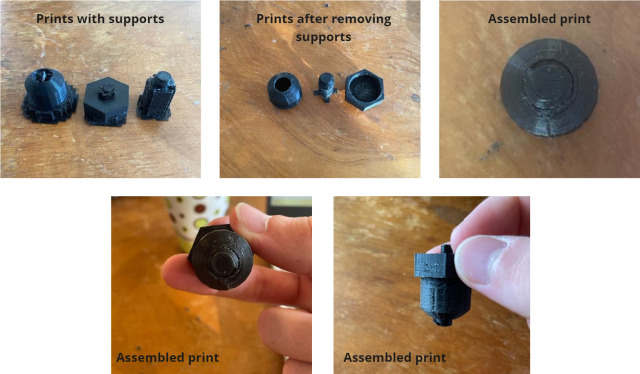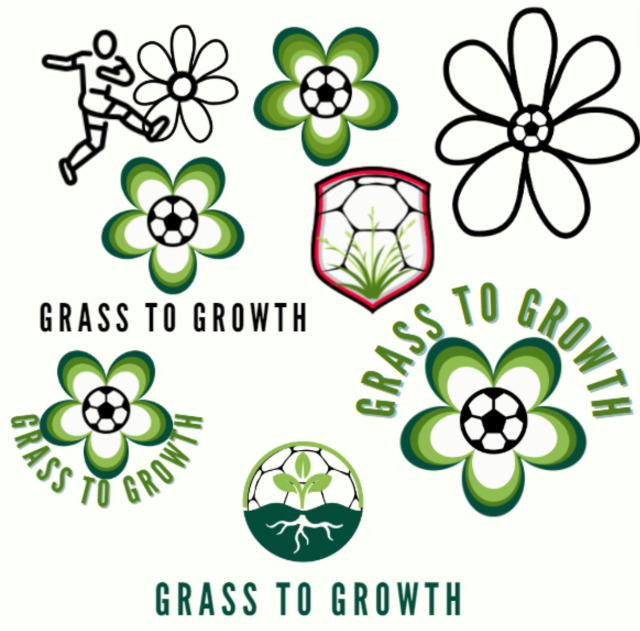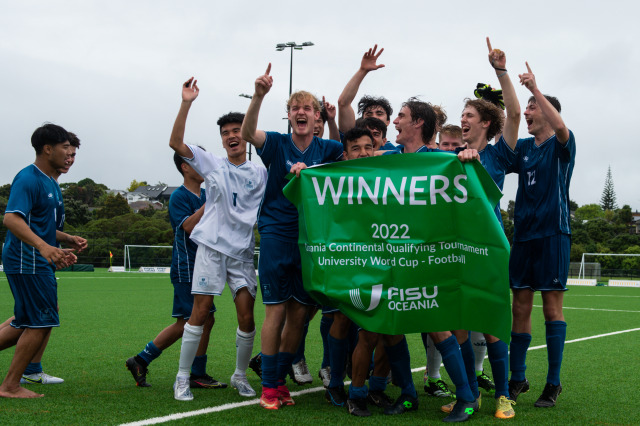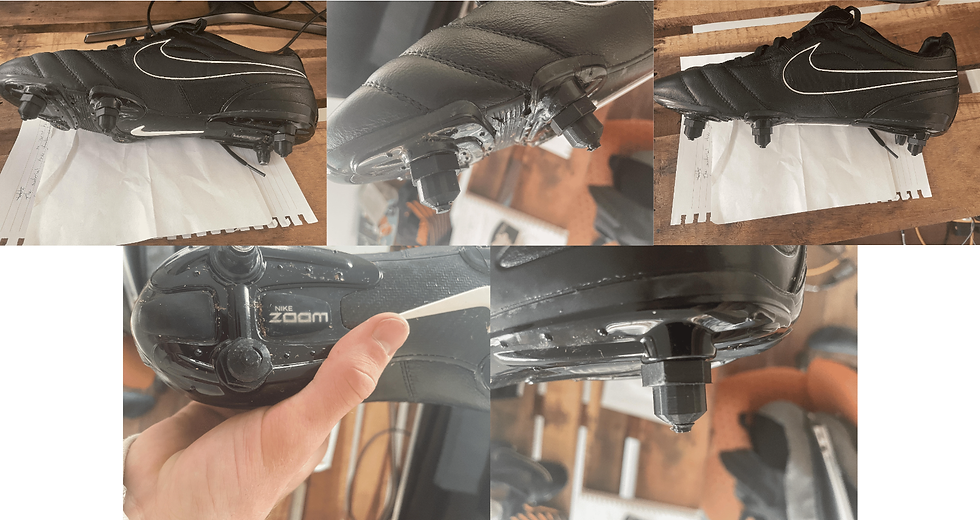Week 8 Capstone
- Harry Bushell
- Nov 9, 2023
- 5 min read
We are officially over halfway! As scary as a thought that is, I think my project and myself are both in good places. I have a clear vision for what I want to achieve, my prototypes are going well, and clear improvements are being made with each iteration. My report is also coming along as my project progresses, with the content presenting itself as it grows. Week 8 placed its focus on further iterating and prototyping, as well as the development of marketing tools and strategy. Due to being away for part of this week and the start of week 9, I knew that I had to get some physical prototypes done early in the week, as being away with hockey meant I wouldn’t have access to the tools available at the FabLab and home. With this in mind, planning and efficiency were crucial this week as I looked to shift my focus onto stuff I could do remotely, like marketing and research or working on the report. Knowing I was going away and planning accordingly to ensure I could still get work done has worked out surprisingly well, and although productivity has dropped a little bit, I still think I’ve got a solid amount of work done!
This week's reflection should be shorter than the novel I wrote last week. CARL is back once again to provide a needed reflection structure. Context-wise, I feel like I summed up a lot of it in the introduction. This week was split into two halves, with the first context focusing on further iterating and prototyping, while the other was focused on remote work - creating logos, research and planning.
Again I’m going to mix the actions and results part of CARL together as they are very similar for this week. For the first half of the week, the actions focused heavily on creating further prototypes. To start with, I created a new seedshell mix. Using the same base materials as the previous mix, I increased the compost clay ratio from 5:1 to 3:1, hopefully increasing the durability of the mix when in contact with soil and moisture. I then followed the same method as mix one, by slicing up the clay into smaller pieces and mixing it in with the seeds and compost by hand. This process was repeated until I had a solid ball of materials that could be used with my stud mold. I then followed the same process as before, using a small flat tool from the multitool to compact parts of the mixture into the mold. My mold had a solid hold on the aluminium cores at the bottom, allowing me to stuff in the mixture around the core and ensure that the mix is nice and compact in order for the clay to do its thing and hold solid. Once I was satisfied that no more mixture could fit in the mold, I flattened down the top of the mold as much as possible and removed any excess mixture for later use. The finished prototypes look much the same as the first batch. However, I'm hoping that by increasing the compost-clay ratio that they will last longer when tested. I will also allow for a longer drying period to see if that accommodates greater results. One thing I have noticed is on some of the prototypes, the clay compost split is visible, and this could be a contributing factor to the low durability. If this is the case after testing, the next batch will have to use finer pieces of clay, meaning I'll probably end up cutting them into much smaller pieces in order to negate the obvious separation between the materials and create what is hopefully a stronger mixture. The testing for this new mix will begin as soon as I am home, and hopefully, within the next couple of weeks, I will have a mixture that performs the way I want it to.

Along with this, I was able to 3D print my 4th 3D model of the mechanical stud idea. 3D model 4 was printed at a 1.5x scale rather than the 3x scale used in the previous print. This was done for three reasons: firstly, to test if the parts would be strong enough at a much smaller size, secondly to decrease the printing time, and thirdly to reduce the materials used. The model assembles well, although the fit is still quite tight, so the threaded part of the model will still need further refinement. The spiral piece fits much closer to the core, reducing the gap issues around the tip of the previous model. Unfortunately, due to time restraints, I couldn’t test this model during the week, but like with the organic model, I will be testing as soon as I’m home.

The second half of the week focused on stuff that can be done remotely. I began market research and drafting some logos, as well as adding a lot of content to my DES302 documentation report, re-organising and amplifying my Miro board. This is probably my weakest point in design, I’ve never really had a knack for art or making things look pretty, so while I understand marketing, I’m not great at creating attractive graphics. I think it’s good that I’m aware of my difficulties with this, and that I don’t get to hard on myself when I struggle to create aesthetic work like some of my peers. Regardless of this, I still enjoy it, and hope that my logo generation is up to standard for this assignment. After feedback from my course director, I reorganised my Miro to be more easily navigated. Along with this, I began to structure and build the visual summary deliverable as well as highlight and document the example pitches I want to talk about, plus a few urban spaces (although I will need to identify more this coming week). By identifying these example pitches, I have base models to work with where I can identify points of strength and points of improvement to hopefully visually communicate to the footballing community on how they could improve their preexisting infrastructure to benefit their local species. I’ve chosen 8 example pitches to work with, with all of them having a personal link to me throughout my playing years. This provides me with primary experience and evidence for each location, hopefully allowing deeper insight into their improvement.

Learning wise for the week, the importance of planning continues to be hammered home, and the benefits of knowing my limits and restrictions only furthered the importance of good time management and setting achievable goals. Outside of planning, I learnt the importance of surrounding yourself with productive people, as despite it being a “break”, there was a lot of work to be done, and by always being around my mates who were also working hard it almost forced me to be working as well! This benefitted me massively as I feel like if I were on my own, I would’ve got a lot less work done.



Comments